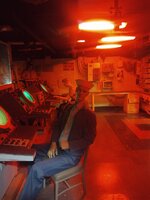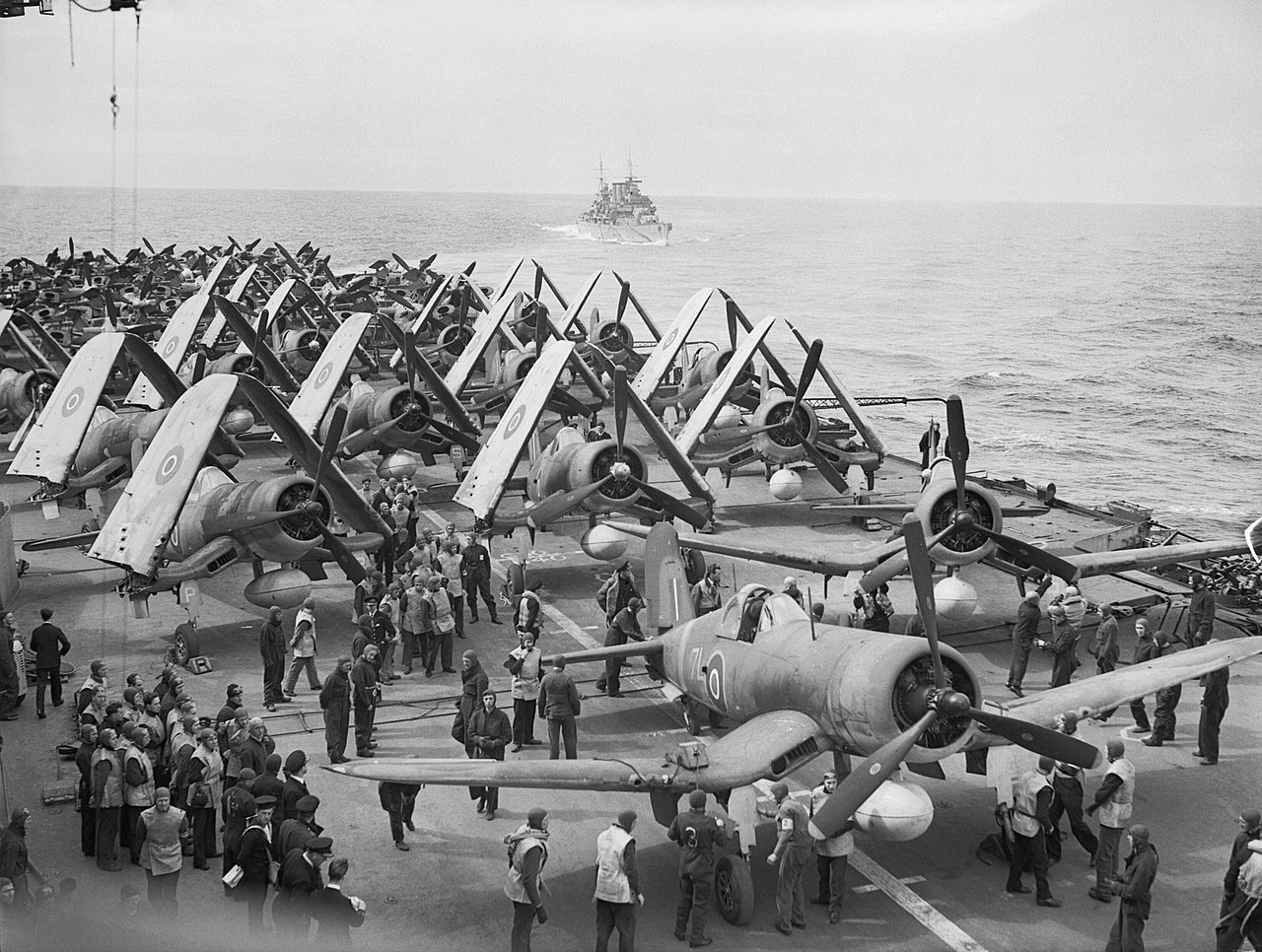manta22
Banned
I posted on FB- since it is 7 December :
Can you imagine what it was like spending hours watching the radar scopes for incoming Japanese planes and then, during an attack, not knowing what was happening outside, sweating it out?
A salute to those brave men who sacrificed so much- many even their lives so that we could live.
This is the Combat Information Center aboard the USS Yorktown CV-10.
Can you imagine what it was like spending hours watching the radar scopes for incoming Japanese planes and then, during an attack, not knowing what was happening outside, sweating it out?
A salute to those brave men who sacrificed so much- many even their lives so that we could live.
This is the Combat Information Center aboard the USS Yorktown CV-10.


